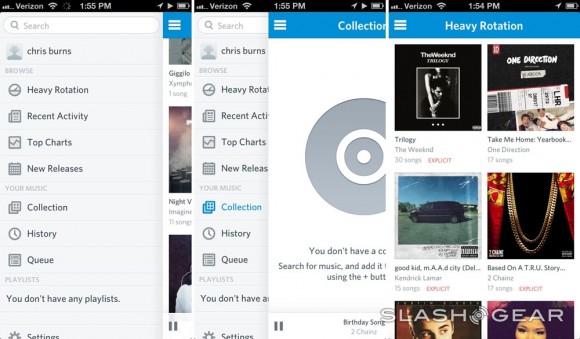 With Apple this week confirming its streaming radio plans, rival service Rdio is wasting no time in rolling out its service to new countries in a bid to stay one step ahead of the Cupertino company’s iTunes Radio offering.
With Apple this week confirming its streaming radio plans, rival service Rdio is wasting no time in rolling out its service to new countries in a bid to stay one step ahead of the Cupertino company’s iTunes Radio offering.
In a blog post Thursday announcing the expansion of its service, the San Francisco-based startup said it was “thrilled” to be introducing Rdio to Malaysia, Hong Kong, Colombia, Chile, the Czech Republic, Switzerland, and Poland.
“This step not only represents our deeper journey into South America and Europe, but also marks Rdio’s first step into Asia,” the post said.
The streaming radio service now operates in 31 countries across five continents. Thursday’s rollout follows another expansion in March when seven more countries joined the list.
In contrast, Apple’s iTunes Radio – set to launch in the fall – will initially be a US-only service. Eddy Cue, the tech company’s senior vice president of Internet software and services, said this week that more countries will be added “over time”, though declined to say which countries would be getting the service first, or when.
Other major rivals in the space include Pandora and Spotify, both of which already have an international presence. While it claims to have 70 million active users, Pandora is currently only available in the US, Australia and New Zealand. Spotify, meanwhile, says it has 24 million active users in 28 countries. The size of Rdio’s user base isn’t known, though it’s currently thought to be way lower than that of its main rivals.
A substantial library of 20 million tracks are offered by Rdio, with users able to access the service via its multi-platform app or the Web. Just like with other music streaming services, music fans are able to create and collaborate on playlists as well as share tracks or song lists via Facebook and Twitter.
New Rdio users can try its ad-free Web service at no cost for a period of six months, after which time a subscription is necessary, with monthly plans starting at around $5.


